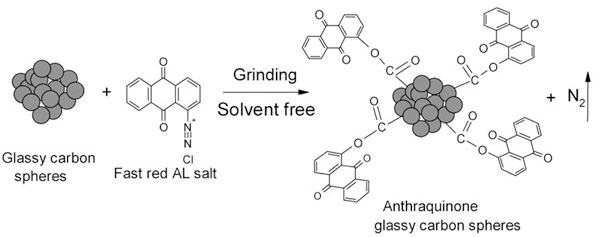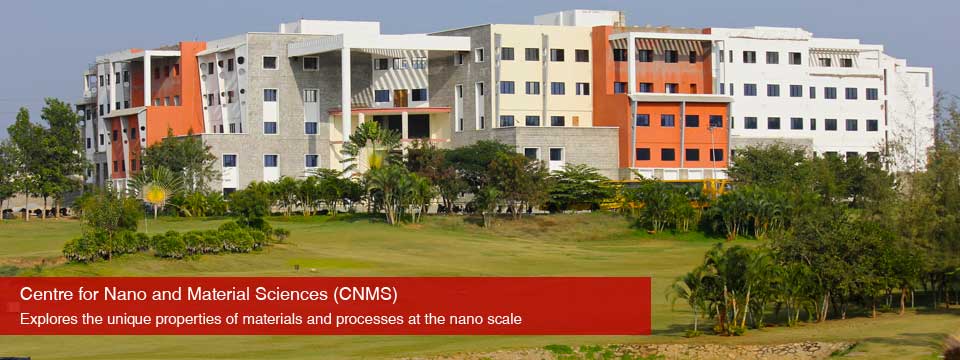|
Research Activities
Development of electrochemical sensors based on chemically modified carbon electrodes for toxic heavy metal ions and biologically important metal ions sensing application
Novel organic molecules with adjacent metal ion binding sites will be synthesized by adopting by various synthetic routes or will be procured commercially. These molecules will be aminated suitably and respective diazonium salts containing metal ion binding species on adjacent carbon atoms in the molecule will be synthesized using well established diazotization protocol in presence of nitrite in acid medium. Then the carbon materials will be functionalized using designed diazonium salts having electroactive moieties or indicator species by the homogeneous chemical derivatization procedure. In this method the carbon particles are functionalized by the covalent attachment of different electroactive moieties by the chemical reduction of corresponding diazonium salts in the presence of hypophosphourous acid as the reducing agent. Simple grinding technique like ball mill will be used to modify the carbon substrate surface in presence of diazonium salts to facilitate the attachment of indicator species. Simple and novel methods like microwave or sonication techniques are used to functionalize the carbon substrate surfaces in presence of target molecules.
The derivatized carbon materials will be examined electrochemically by studying its cyclic voltammetry in order to verify whether the modifying molecule was attached on the carbon surface or not during the modification process. The spectroscopy studies will be carried out in order to understand the covalent nature of chemical bond formation between the carbon surface and the functional moiety. These modified carbons i.e graphene oxide or graphene or CNTs or carbon nano carbon black with suitable indicator or electroactive species will be used to develop carbon-epoxy electrodes as electrochemical sensors for monitoring these metallic pollutants at trace level. The functionalized carbon materials will be compressed into pellets or rods to fabricate electrodes and they will be evaluated for sensing behaviour. All these chemically modified carbon electrodes will be used to estimate the toxic metal ions at low concentration levels from a variety of industrial effluents samples and natural samples.
We have characterized the derivatized carbon powder electrochemically by studying its cyclic voltammetric behaviour and FTIR which showed that the functionalization yields surface derivatized carbon powder. We have also studied the surface area analysis, which revealed about 40% decrease in surface area and pore volume after functionalization and these results are in good agreement with reported literature. Now we want to have an evidence for covalent attachment of aryl group on carbon powder by studying XPS and AES.
Functionalization of glassy carbon spheres by ball milling Method
In this method functionalized glassy carbon spheres obtained by milling of glassy carbon spheres before and after addition of the diazonium salts.
Example

Our interests include,
|
|



